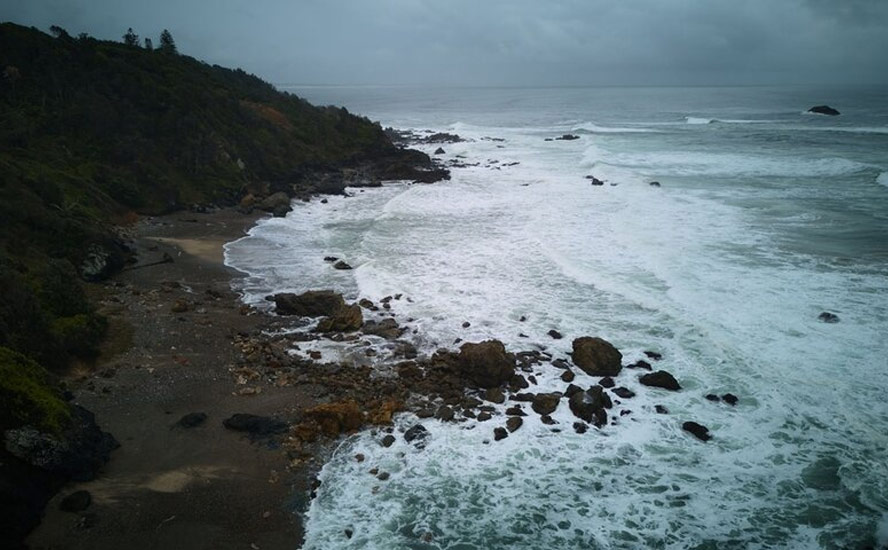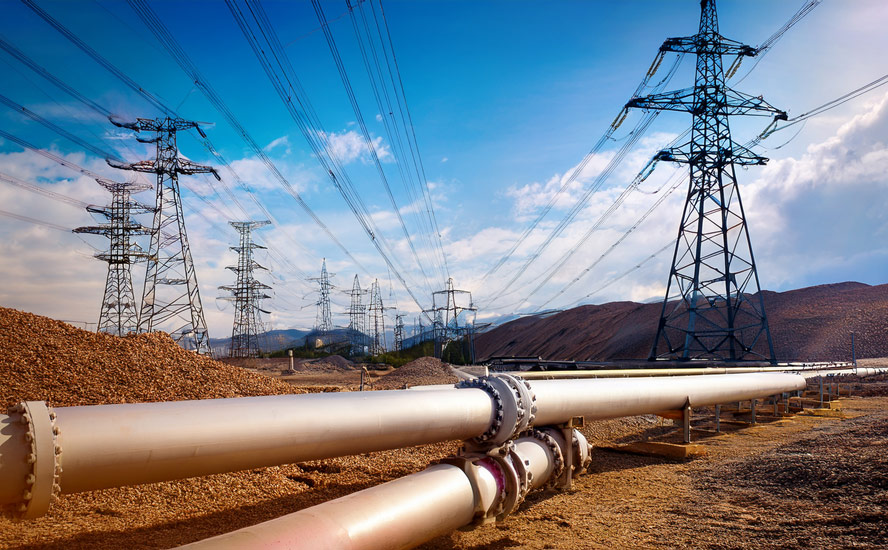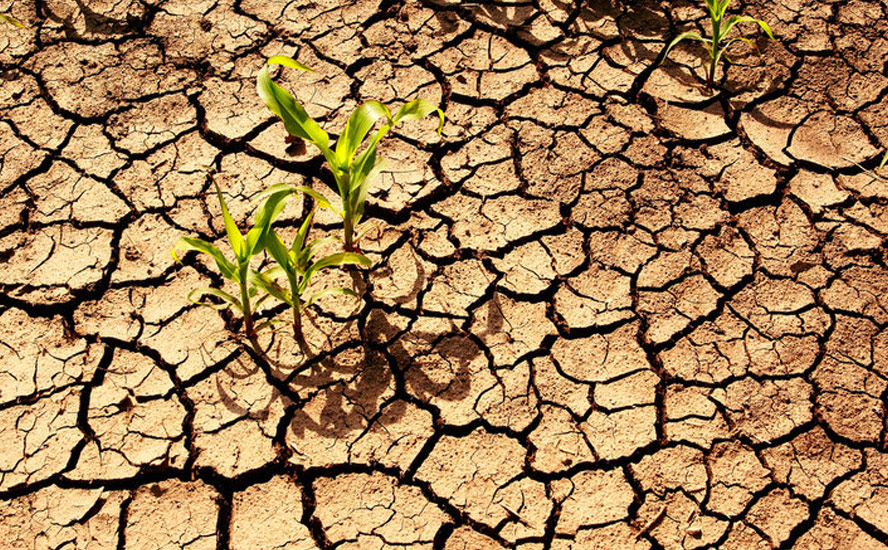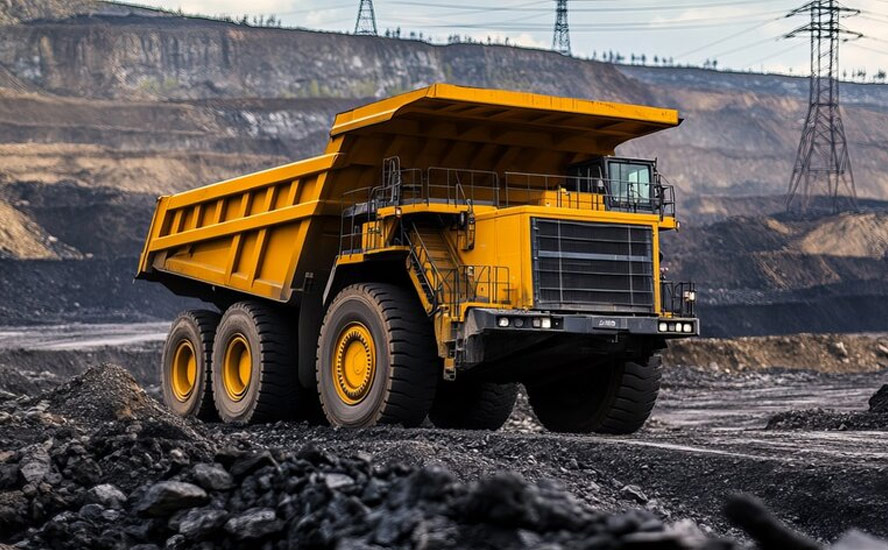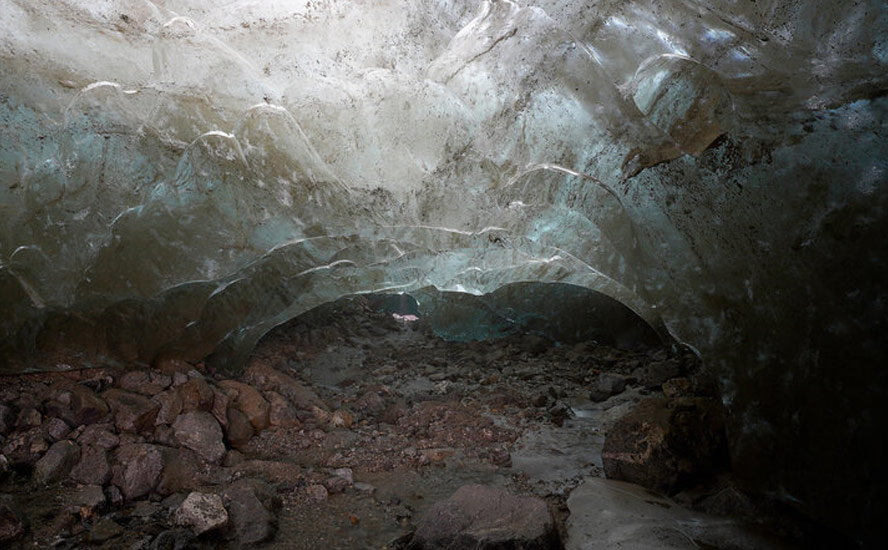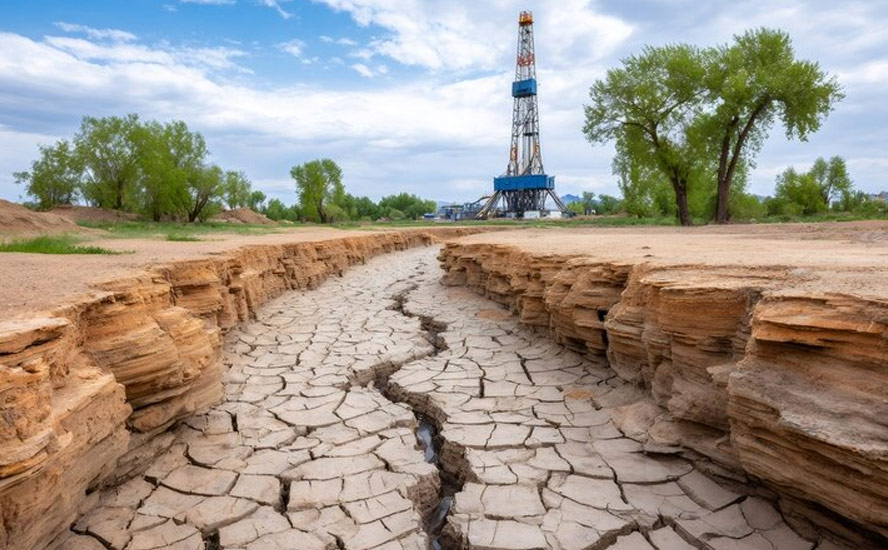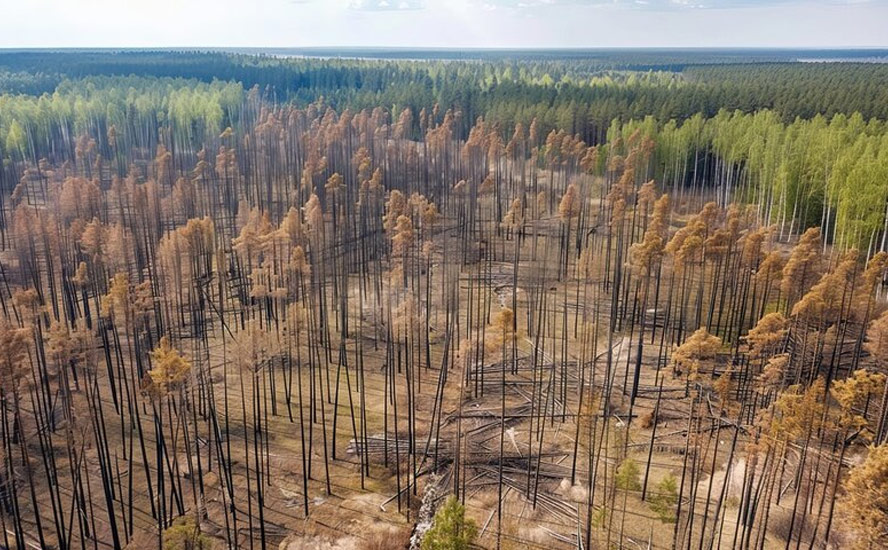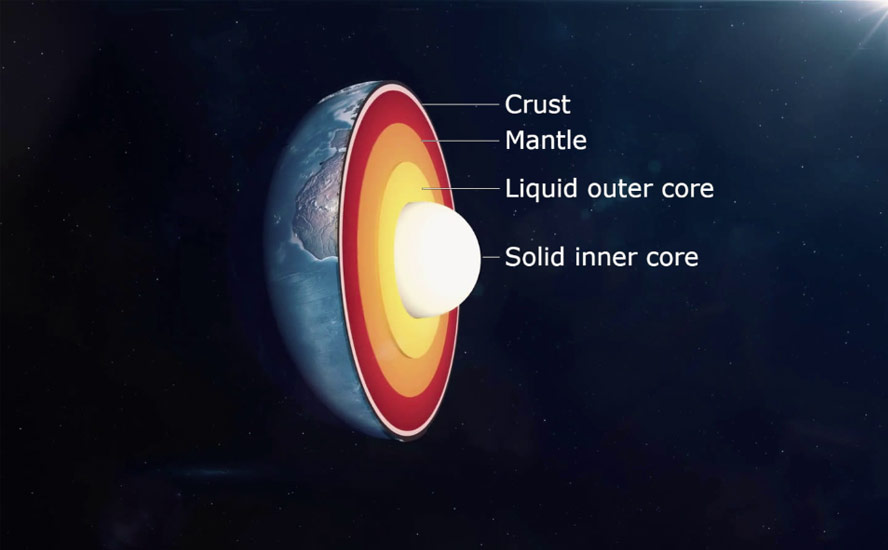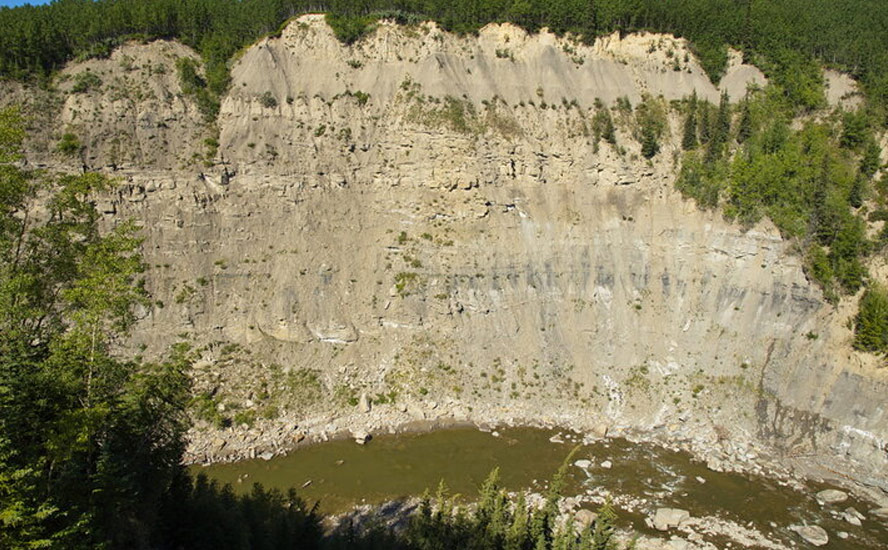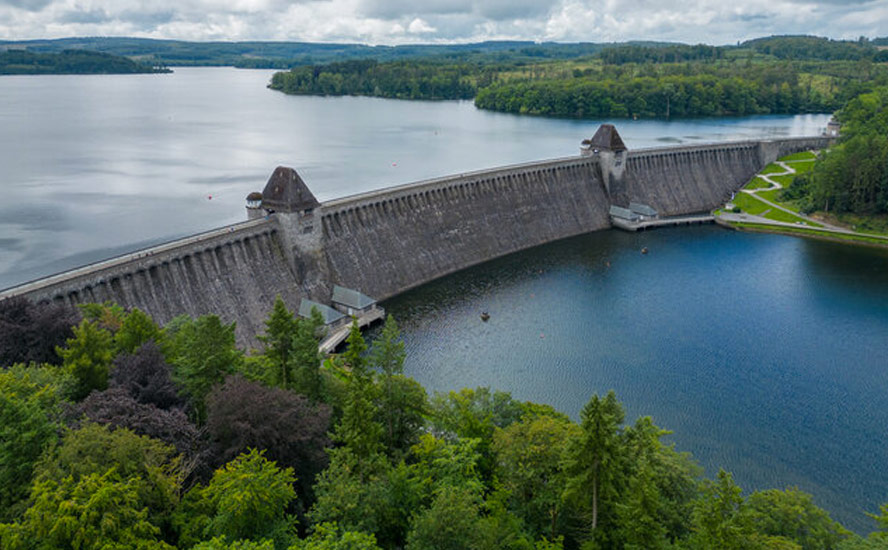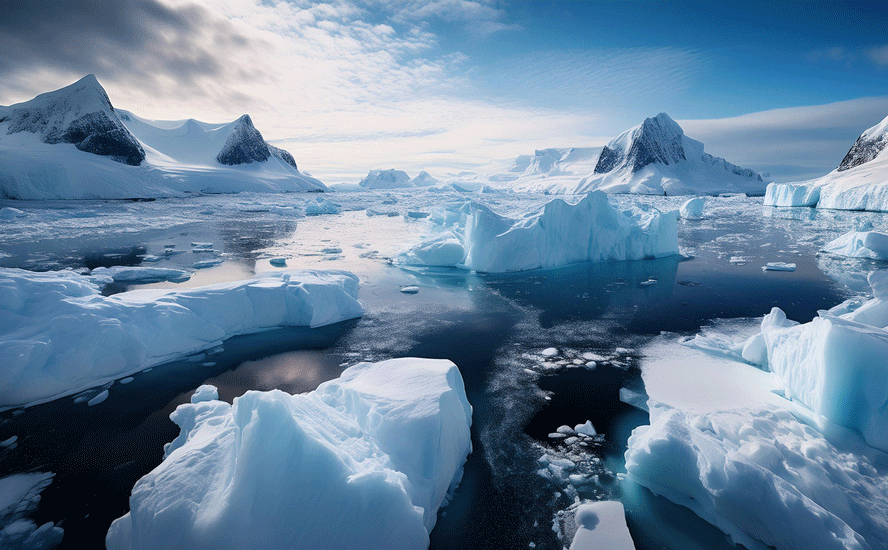Record-setting heat on Earth could well be the norm in the coming years – Richard Mills
2023.08.09
July 2023 officially marked the hottest ever month on Earth. In fact, in the first week alone, the Earth’s temperature broke a record for its highest in 120,000 years not once, not twice, but three times!
And its margin over the July of previous years is said to be quite substantial, according to data from the World Meteorological Organization (WMO) and the European Union–funded Copernicus Climate Change Service (C3S).
Analysis by Leipzig University determined that July 2023 would be about 0.2 degree Celsius warmer than the previous July record holder, which was 2019.

During the month record-breaking heat waves were seen in several spots around the world, notably in the US Southwest, Mexico, China and around the Mediterranean. The records, says the Scientific American journal, are primarily linked to overall rising global temperatures from the excess heat trapped in the atmosphere by humans burning fossil fuels.
It follows what was already the hottest June on record. The National Oceanic and Atmospheric Administration (NOAA) database indicated that through the first half of 2023, we’ve already experienced the third-warmest year to date (behind 2016 and 2020).

An analysis published by the World Weather Attribution group found that heat waves, particularly those in North America and Europe, were “virtually impossible” without climate change. It also found that the heat wave in China was 50 times more likely to occur in our current warmer world.
All three heat waves were hotter than they would have been without the boost from global warming, it said.
The El Niño phenomenon, which developed in May, is also lifting global temperatures higher. According to climate scientists from Leipzig University, this climate pattern, which causes unusually warm surface water temperatures, will elevate the chances we see more record-setting months this year.
While astonishing, this should no longer come as a surprise.
Researchers nowadays are resigned to seeing even hotter summers than this one, simply on the basis of the unprecedented rate at which the planet is heating up.

According to the NOAA, the global average surface temperature since the pre-industrial era (1880-1900) has risen by roughly 1 degree Celsius, or 0.08 per decade. While it may seem small, the accumulated heat is rather significant. Leipzig University’s data showed that July 2023 was about 1.5 degrees above the pre-industrial levels.
The fact of the matter is, the Earth’s average temperature we see today is at its highest since the ice age ended some 20,000 years ago.
Coming out of that ice age, it took about 10,000 years for the Earth’s average temperature to warm 3 degrees (see graphic below), but due to the burning of fossil fuels and greenhouse gas emissions, scientists are predicting we will get the same amount of warming in just 200 years!
That means the Earth is now warming 50 faster than the natural rate that preceded the most recent ice age.

At the current pace, another degree of warming by 2050 is totally within the realm of possibilities. A study published by Proceedings of the National Academy of Sciences (PNAS) this January confirmed that global warming is on track to reach 1.5 degrees Celsius above pre-industrial averages in the early 2030s, even if emissions are to be reduced.
It also found a “substantial possibility” of global temperatures crossing the 2-degree threshold by mid-century, giving it a 65% chance of happening before 2065, and 50% prior to 2050.
“Our results provide further evidence for high-impact climate change, over the next three decades,” stated the report, which uses artificial intelligence trained by scientists on climate models to make these predictions.
The study’s projection is in line with previous models. In a major report published in 2022, the Intergovernmental Panel on Climate Change (IPCC) also estimated that the world could cross the 1.5-degree threshold “in the early 2030s.”
Back in the 2010s, the United Nations said that “we’re on track to get to about 4 degrees or 4.3 degrees of warming by the end of the century if we continue as we are.” That prediction, if it came true, would be tragic. The latest estimate, while more comforting, still has the Earth warming by about 2.7 degrees C by 2100.
Long story short, the Earth is growing hotter at an alarming rate. The bigger concern is that much of the global warming effects today are irreversible, so things can only get worse from now.
Recently, we discussed how the world is on the brink of a global warming “tipping point” — referring to a major, irreversible change that happens suddenly when a certain threshold is reached, such as a certain temperature.
The record heat seen in July is just a foreboding sign of several environmental tipping points the planet is experiencing that could lead to a completely new weather regime. By then, extreme weather events like heat waves could well become the “new norm”. Below are some of the other “tipping points” researchers are closely monitoring.
Warming Oceans
The heating up of the world’s oceans is one of the most damaging aspects of global warming. The phenomenon is driving weather disasters around the world, including extreme heat, storms and drought.
A recent media report says global ocean surface temperatures in June were the highest in 174 years of data, with the emergence of the El Nino weather pattern piling onto the long-term trend. Near Miami, coastal Atlantic waters are pushing 32 degrees C for example.
According to the C3S, average sea surface temperatures across the North Atlantic were the warmest for the time of year by a very large margin, at 0.91°C above average. The record-breaking sea surface temperature anomalies in the North Atlantic, with localized extreme heat waves, are clearly visible in the map below.

The NOAA estimated that surface temperatures in the North Atlantic were up to 5 degrees C warmer than usual during June. The same thing is happening in Antarctica, where scientists have linked warm waters off the Indian, Pacific and Atlantic oceans to plunging sea ice levels.
Here in North America, the Globe and Mail said parts of the continent and nearby ocean were 10 to 20 degrees Celsius higher than averages from 1979 to 2000.
Another related climate phenomenon behind the record heat is the aforementioned “El Nino” effect, which was officially confirmed by the World Meteorological Organization on July 5.
It’s been well-established that warmer, or colder-than-average ocean temperatures have an influence on weather. According to the NOAA, El Nino causes the Pacific jet stream to move south and spread further east. During winter, this leads to wetter conditions than usual in the southern US and warmer and drier conditions in the north.
El Nino is shorter-lived than La Nina, usually lasting nine months to a year versus a few years for the cooling phenomenon. This is said to warm up the eastern Pacific Ocean, and is forecast to intensify and linger to at least the end of the year, resulting in higher global temperatures. The.
Most forecasters believe that, with El Nino kicking in across the Pacific Ocean, Western Canada could be dry for months, possibly even approaching the parched conditions the southwestern United States has been experiencing for the last 20-odd years.
Polar Vortex Disruption
Extreme weather may also be caused by a disruption in the polar vortex.
The polar vortex is a seasonal atmospheric phenomenon whereby high winds swirl around an extremely cold pocket of Arctic or Antarctic air. The winds are like a barrier that contains the cold air, but when the vortex weakens, the cold air “escapes” from the vortex and travels south, bringing with it a cold blast of Arctic weather.
If the polar vortices collapse, it would mean a total disruption of normal atmospheric warming and cooling. Without halos of swirling Arctic and Antarctic winds serving to cool the poles, they would be left to heat up, accelerating global warming.
The blast of cold weather that hit North America in January 2019 exemplifies this polar vortex breakdown. The Arctic polar jet stream meandered southward, bringing freezing-cold weather to the US Midwest, which saw windchills of -50F, along with fatalities and problems with the power grid in other parts of the country.
According to IFL Science, while it’s uncertain how climate change might meddle with the polar jet stream, Scientists believe the most likely outcome is that warming temperatures will initially cause the jet streams to “wave” more, causing polar air to visit the mid-latitudes more frequently, ultimately bringing more periods of colder weather.
Notably, a wandering polar jet stream can also cause extreme heat, such as the “heat dome” experienced by Western North America in the summer of 2021, that killed 619 people in British Columbia alone.
Heat domes can occur when winds in the upper atmosphere, also known as the jet stream, are influenced by the ocean below. Hot seas cause the winds to shift, resulting in areas of high pressure that trap hot air in place for weeks.
Slowing Currents
Climate scientists have also been raising concerns that rising temperatures could throw a wrench into the conveyor-like currents system.
The volume of water moving northward has been sluggish. The amount of water surging through the Atlantic Meridional Overturning Circulation (AMOC), which exchanges warm water from the equator with cold water from the Arctic, transporting warm and cold water to the North and South Poles, has slowed to a 1,000-year low.
The disruption of the North Atlantic Current formed the plot line of the movie ‘The Day After Tomorrow’, where the current stopped and resulted in an ice age.
While it’s unlikely that a collapse of the AMOC will cause an ice age within a few weeks, like in the film, a terrifying new analysis found that a breakdown could occur as early as 2025, and no later than 2095.
As reported by The Guardian, the AMOC was already known to be the weakest in 1,600 years owing to global warming, and researchers spotted signs of a tipping point in 2021.
The reason it’s slowing is due to the melting of Greenland’s ice cap. Specifically, dense salt water in the North Atlantic is getting swamped by an influx of lighter fresh water from the melting ice.
The Guardian says a collapse of AMOC would have wide-ranging consequences, including: severely disrupt the rains that billions of people depend on for food in India, South America and West Africa, increase storms and drop temperatures in Europe, raise sea levels on the eastern coast of North America, and further endanger the Amazon rainforest and Antarctic ice sheets.

Source: Zhengyu Liu/ CBC News
The last time the AMOC shut down was 12,000 years ago, resulting in a cycle of ice ages.
If it were to happen again, CBC reported that England and France would suddenly get a colder climate similar to southern Canada, damaging those countries’ ability to grow food; heat up northern Africa; and bring more storms and cause changes to rain and snow in Eastern Canada and the US, including drying of the mid-American plains.
The study says the collapse will happen far sooner than the previous estimate, a tipping point of +4 degrees C.
Conclusion
As of now, the links between global warming and weather disasters cannot be any clearer. When the average temperature is higher, heat waves can reach previously unheard-of extremes across the planet.
At this point, researchers all agree that the effects of global warming aren’t just going away, more so once we cross those tipping points. Call it recency bias or whatnot, the figures and patterns simply don’t stack up well.
“We’re seeing temperatures exceed those that can support life,” Jennifer Francis, a senior scientist at the Woodwell Climate Research Center, told the Washington Post recently. “Certain places are becoming uninhabitable.”
“All of these records are being broken left and right, and my hope is people will start to put this together in their heads,” she added. “These things shouldn’t be happening. It’s all connected to the fact that we’re warming the planet.”
If carbon emissions aren’t put under control, we may well be on our way towards experiencing the hottest temperatures in over a million years.
Richard (Rick) Mills
aheadoftheherd.com
subscribe to my free newsletter
Legal Notice / Disclaimer
Ahead of the Herd newsletter, aheadoftheherd.com, hereafter known as AOTH.
Please read the entire Disclaimer carefully before you use this website or read the newsletter. If you do not agree to all the AOTH/Richard Mills Disclaimer, do not access/read this website/newsletter/article, or any of its pages. By reading/using this AOTH/Richard Mills website/newsletter/article, and whether you actually read this Disclaimer, you are deemed to have accepted it.
Any AOTH/Richard Mills document is not, and should not be, construed as an offer to sell or the solicitation of an offer to purchase or subscribe for any investment.
AOTH/Richard Mills has based this document on information obtained from sources he believes to be reliable, but which has not been independently verified.
AOTH/Richard Mills makes no guarantee, representation or warranty and accepts no responsibility or liability as to its accuracy or completeness.
Expressions of opinion are those of AOTH/Richard Mills only and are subject to change without notice.
AOTH/Richard Mills assumes no warranty, liability or guarantee for the current relevance, correctness or completeness of any information provided within this Report and will not be held liable for the consequence of reliance upon any opinion or statement contained herein or any omission.
Furthermore, AOTH/Richard Mills assumes no liability for any direct or indirect loss or damage for lost profit, which you may incur as a result of the use and existence of the information provided within this AOTH/Richard Mills Report.
You agree that by reading AOTH/Richard Mills articles, you are acting at your OWN RISK. In no event should AOTH/Richard Mills liable for any direct or indirect trading losses caused by any information contained in AOTH/Richard Mills articles. Information in AOTH/Richard Mills articles is not an offer to sell or a solicitation of an offer to buy any security. AOTH/Richard Mills is not suggesting the transacting of any financial instruments.
Our publications are not a recommendation to buy or sell a security – no information posted on this site is to be considered investment advice or a recommendation to do anything involving finance or money aside from performing your own due diligence and consulting with your personal registered broker/financial advisor.
AOTH/Richard Mills recommends that before investing in any securities, you consult with a professional financial planner or advisor, and that you should conduct a complete and independent investigation before investing in any security after prudent consideration of all pertinent risks. Ahead of the Herd is not a registered broker, dealer, analyst, or advisor. We hold no investment licenses and may not sell, offer to sell, or offer to buy any security.
Legal Notice / Disclaimer
Ahead of the Herd newsletter, aheadoftheherd.com, hereafter known as AOTH.Please read the entire Disclaimer carefully before you use this website or read the newsletter. If you do not agree to all the AOTH/Richard Mills Disclaimer, do not access/read this website/newsletter/article, or any of its pages. By reading/using this AOTH/Richard Mills website/newsletter/article, and whether you actually read this Disclaimer, you are deemed to have accepted it.



